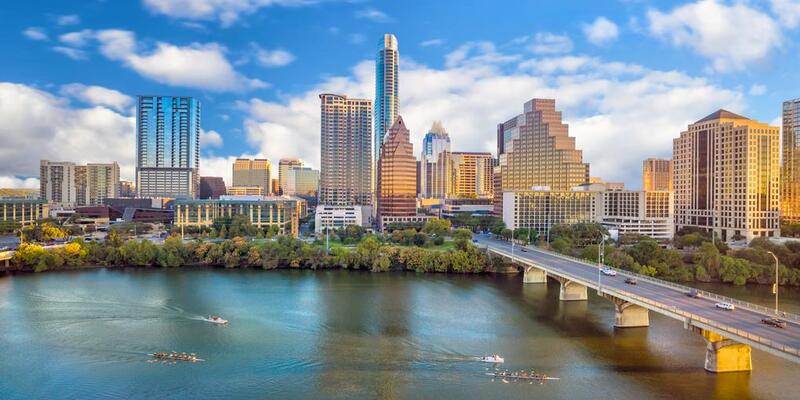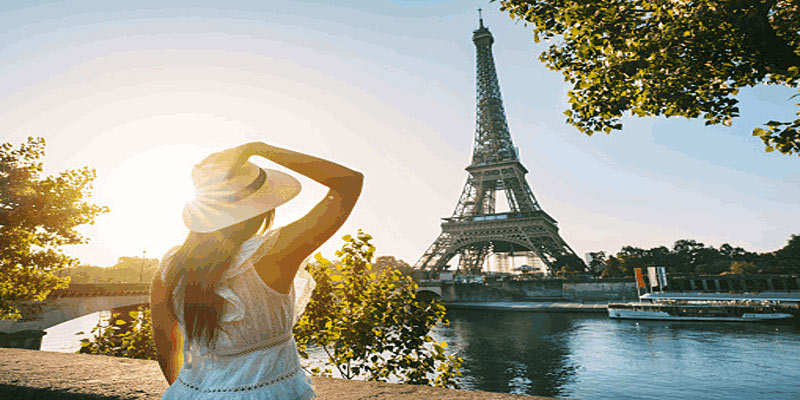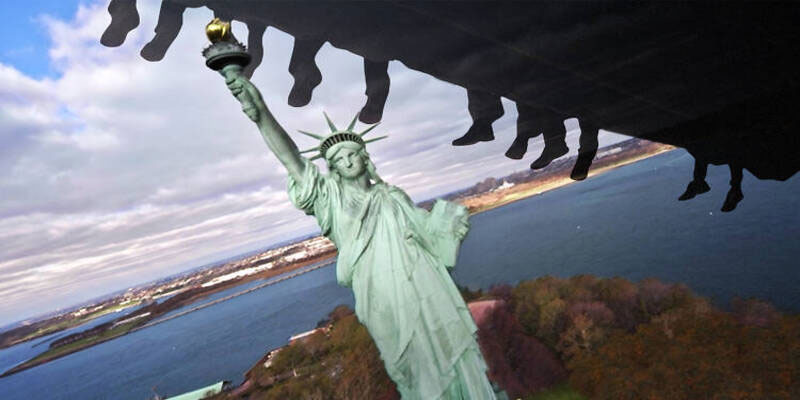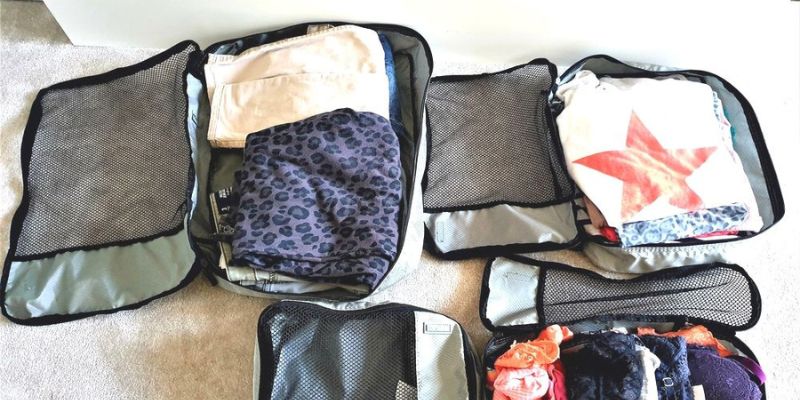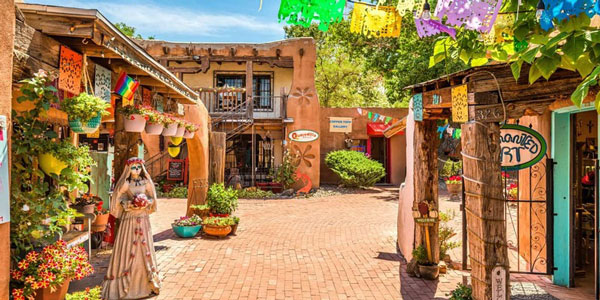Tips for walking the Annapurna Circuit in Nepal!
Oct 15, 2023 By Sean William
Are you looking for an adventure? Then why not consider trekking the Annapurna Circuit in Nepal? This incredibly stunning 180-mile circuit, which circles the Annapurna Massif, offers a unique experience consisting of stunning mountain views, fascinating cultural encounters with local people and villages, and enormous strides of personal development.
You'll need to be focused and well-prepared when attempting this challenging route - but to help get you started on your planning process, check out these tips for making sure your trekking adventure across The Annapurna is one to remember.
Trekking The Annapurna Circuit
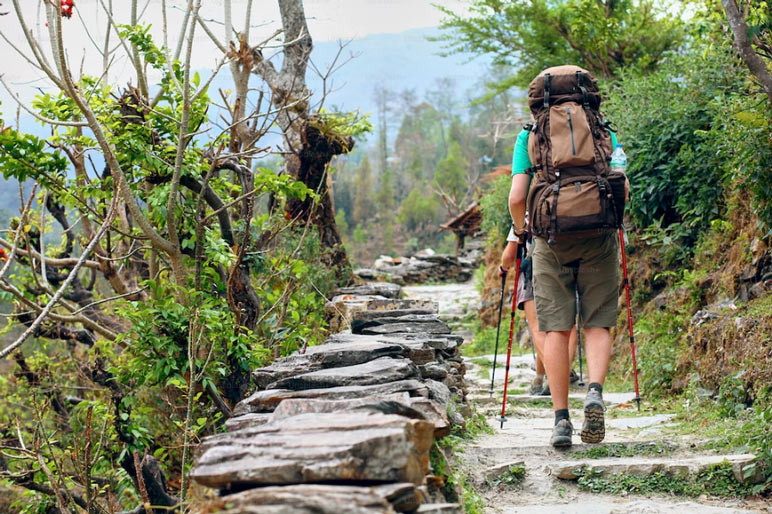
One of the best adventure trips is hiking the Annapurna Circuit. You will enter the Annapurna Mountains on this multi-day trekking adventure, a stunning and culturally rich region of the Nepal Himalayas.
The journey route will test and inspire you as you ascend steep, old footpaths, snake through valley floors, walk along tight contour routes, over narrow rope bridges, and much more.
You'll eventually ascend to the Thorung La Pass, which is blanketed in snow. The pass, which is located 5,416 metres above sea level, provides endless vistas of the Annapurna and Dhaulagiri mountain ranges.
Start Early
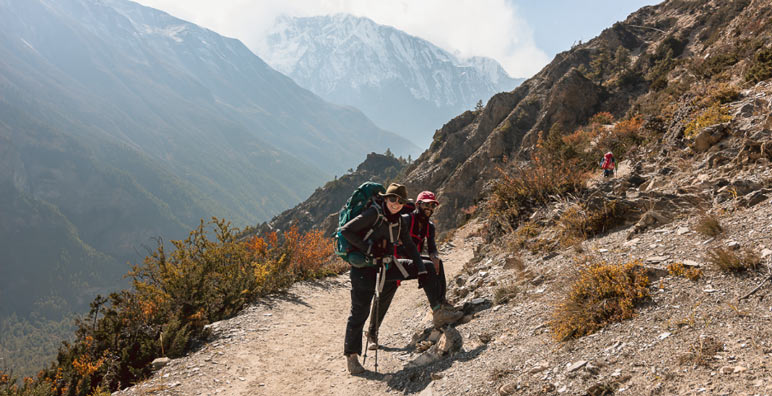
It might be tempting to sleep in, especially if you've been trekking for days, but it is best to get an early start and ensure you reach your destination before dark.
Not only will this ensure that you are safe from any potential hazards on the trail, such as wild animals or landslides, but it will also give you a chance to explore some of the more remote areas without being rushed.
The Annapurna Circuit route
The Annapurna Circuit is a long trek, so plan your route and waypoints. This will help you stay on track and avoid potential detours or delays. It is also important to note any alternate routes that may be available if the primary route isn't feasible for some reason.
Pack Lightly
It might seem obvious, but bringing too much gear can cause serious problems while trekking across The Annapurna Circuit. Aim to keep your backpack light and only bring essential items such as warm clothing and rain gear - as anything extra will just weigh your own and make trekking more difficult.
Build up those legs and lungs.
Trekking the Annapurna Circuit is no easy feat, so ensure you've been training in advance. Build your endurance and strength before running or cycling a few times weekly. This will help ensure you have the physical capacity to complete the trek without any problems.
Take Breaks & Enjoy The Views
Finally, taking frequent breaks while trekking the Annapurna Circuit is important. Not only will this help to keep your energy levels up, but it will also allow you to soak in the incredible mountain views and appreciate the vastness of your surroundings.
Don't pack new things
Also, make sure to pack items that you are familiar with. This will help prevent any unexpected problems along the way and ensure you are confident in how everything functions.
Pack some cash
Finally, make sure to pack some cash for food and lodging expenses. Many villages you will pass through may not accept credit cards, so having some money on hand is important when these situations arise.
Prepare for Altitude
The Annapurna Circuit reaches a maximum altitude of 5,416 meters, so it is important to know the potential risks associated with high altitudes - such as Acute Mountain Sickness (AMS).
Ensure you have the right gear (such as oxygen bottles) and know what to look for regarding AMS symptoms. Make sure you give yourself plenty of time to acclimate to the high altitudes before continuing your journey.
Wear Appropriate Clothing
High-quality hiking boots and waterproof clothing are essential when trekking across The Annapurna Circuit – particularly during winter when temperatures are very cold. Layer up with warm clothing and pack a few extra socks if your feet get wet.
Choose the right equipment.
Ensure you have the right gear for your trek, including clothing, boots, backpacks, food, and water bottles. The right materials can make or break a successful trek, so don't skimp on quality.
Take time to acclimatize.
Altitude sickness is a real risk for high-altitude treks like The Annapurna Circuit, which has an average elevation of over 12,000 feet. To reduce your chances of getting sick, take plenty of rest days to acclimate at lower altitudes before continuing your journey.
Listen to locals
Local knowledge is invaluable when trekking. Listen to advice from locals about safe routes, what to watch out for, and where the best places are to eat and rest. Locals will also have great stories about the area that can make your journey even more interesting.
Stay hydrated
Dehydration is a real risk at such high altitudes, so you must stay well-hydrated throughout your journey. Ensure you bring ample water on your trek and always take regular breaks to drink and refuel.
Pace yourself
It's important not to rush or push yourself too hard while trekking The Annapurna Circuit, as this can lead to exhaustion and injury. Instead, take your time and make sure you enjoy the journey.
Be aware of the weather.
The Annapurna Circuit is known for its unpredictable weather conditions, so staying abreast of the forecast is important. This will help you plan and avoid any potential hazards or unpleasant surprises along the way.
Choose the right backpack.
While trekking, your backpack is your home away from home, so make sure it's comfortable and fits your needs. Pack wisely and only bring the essentials - such as a sleeping bag, warm clothing, snacks, and water bottles - as anything extra will weigh you down.
Wear the right Annapurna clothing.
Be sure to wear the right clothing when trekking The Annapurna Circuit. This includes lightweight but warm layers, waterproof outerwear, good-quality hiking boots, and a comfortable hat or scarf.
Bring along medical supplies.
The last thing you want is an unexpected injury or health issue to derail your trek. Ensure you bring basic first-aid supplies, such as bandages, antiseptic cream, and painkillers. It's also a good idea to carry a few days' worth of medication just in case.
Get Travel Insurance before you go.
Lastly, ensure youIt'snce before setting off on your Annapurna Circuit trek. This will provide financial protection if any unforeseen problems occur during your journey.
FAQS
Is the Annapurna Circuit trek difficult?
The Annapurna Circuit trek is difficult due to its high altitude, rugged terrain, and unpredictable weather conditions. Before attempting this trek, you should have some prior hiking experience and be physically fit.
What portion of the Annapurna Circuit is the most challenging?
The Thorung La Pass, which is located on the Annapurna Circuit and rises to a height of 5,416 metres, is the highest point. Given its elevation and erratic weather, this is regarded as one of the trek's more challenging sections.
Can you climb Annapurna without oxygen?
Using oxygen when trekking the Annapurna Circuit would be best due to the high altitudes and potential risks associated with Acute Mountain Sickness. However, experienced trekkers may be able to complete the trek without oxygen, provided they take regular rest days to acclimatize and are well prepared for the conditions.
Conclusion
The Annapurna Circuit is a great choice for experienced trekkers looking to visit some of Nepal's most breathtaking sights. It's important to train and plan to make the most of the adventure, so come prepared with many layers, sturdy gear, and plenty of water. Above all else, trust your gut instincts; if something doesn't feel safe or right, turn back or ask your guides for help. With a little preparation and research beforehand, your trek through the Annapurna Circuit will be an unforgettable experience.

